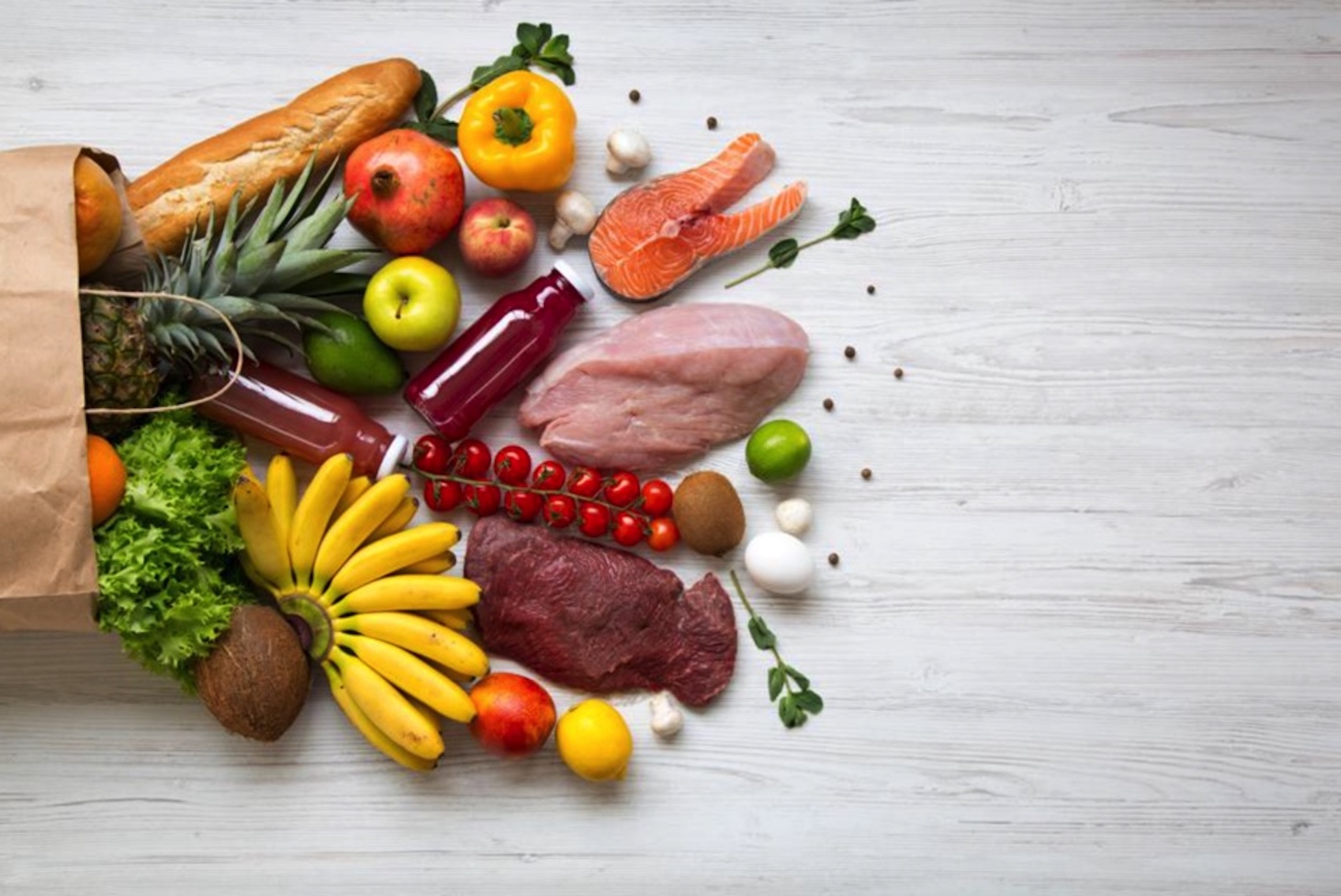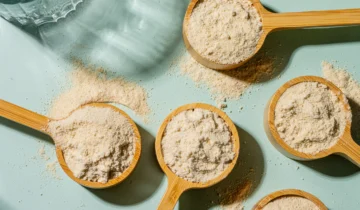Functional foods are modified foods or food ingredients that provide health benefits beyond the traditional nutrients it contains. Although foods can provide macronutrients like carbs, fats, protein as well as vitamins and minerals; some foods also contain other compounds that can provide additional health benefits. Most functional foods are used to lend protection against certain diseases—but only when eaten regularly and in specific amounts.
Let’s look at some specific functional foods and what they do!
Fatty Fish
Fatty Fish, like salmon, sardines, trout or herring are considered to be functional foods. These fish are functional in particular due to their low mercury content and higher omega-3 fatty acid content. Omega-3 fatty acids are the “special ingredient” here. This is because they are known to reduce blood pressure in those with higher blood pressure and they can help raise your “Good” HDL cholesterol (YES, there is a good cholesterol!). Omega-3s are also very important to consume during pregnancy and childhood. They are crucial for brain growth and development of infants. It is currently recommended to have fatty fish 2-3 times per week.
Yogurt
Yogurt is known for being a great source of calcium; but did you know it also contains probiotics and sometimes even prebiotics? Let’s differentiate the two. Probiotics are a type of “friendly” bacteria found in foods. They are microorganisms that are beneficial to gut health and our microbiome. Prebiotics are food components, such as fibers, that are not digested and are instead used as food for the previously mentioned friendly gut bacteria. Together, probiotics and prebiotics encourage a healthy gut. All yogurts contain probiotics and some contain added prebiotics. If not, add some berries to your yogurt to promote optimal digestive health!
Tomatoes
Tomatoes are rich in different minerals and vitamins; but the “special ingredient” here is the powerful antioxidant lycopene. Lycopene is a compound found in tomatoes that has a very strong link to prostate cancer risk reduction. Since it is an antioxidant, it helps prevent cell damage. Whether it be fresh tomatoes, tomato paste or a tomato sauce, everyone, especially men over 50, should try to include more of it in their diet to keep cells healthy and to help prevent prostate cancer.
Garlic
Along with many vitamins and minerals, garlic contains organosulfur compounds (Eg. Allicin). Studies have shown promising evidence that these compounds can help to lower total and “Bad” LDL cholesterol. Studies also show that garlic may play a role in reducing blood pressure. Although the studies are not conclusive, we do know that garlic is safe and quite tasty when cooked right! Try to include garlic into your recipes regularly; it may not be a cure-all but it certainly provides many important nutrients and compounds to your diet.
As you can see, foods can provide so much more than calories and carbs. Every bite of food you take, brings along so many special nutrients and compounds that help feed your body and keep it running smoothly.
Article contributed by OpenSpace Clinic
References
- https://www.healthline.com/nutrition/17-health-benefits-of-omega-3
- https://pubmed.ncbi.nlm.nih.gov/22113870/
- https://www.eatright.org/food/nutrition/healthy-eating/functional-foods
- https://academic.oup.com/jn/article/135/5/1226/4663991
- https://www.nccih.nih.gov/health/garlic
Feature image via Shutterstock





 No products in the cart.
No products in the cart.